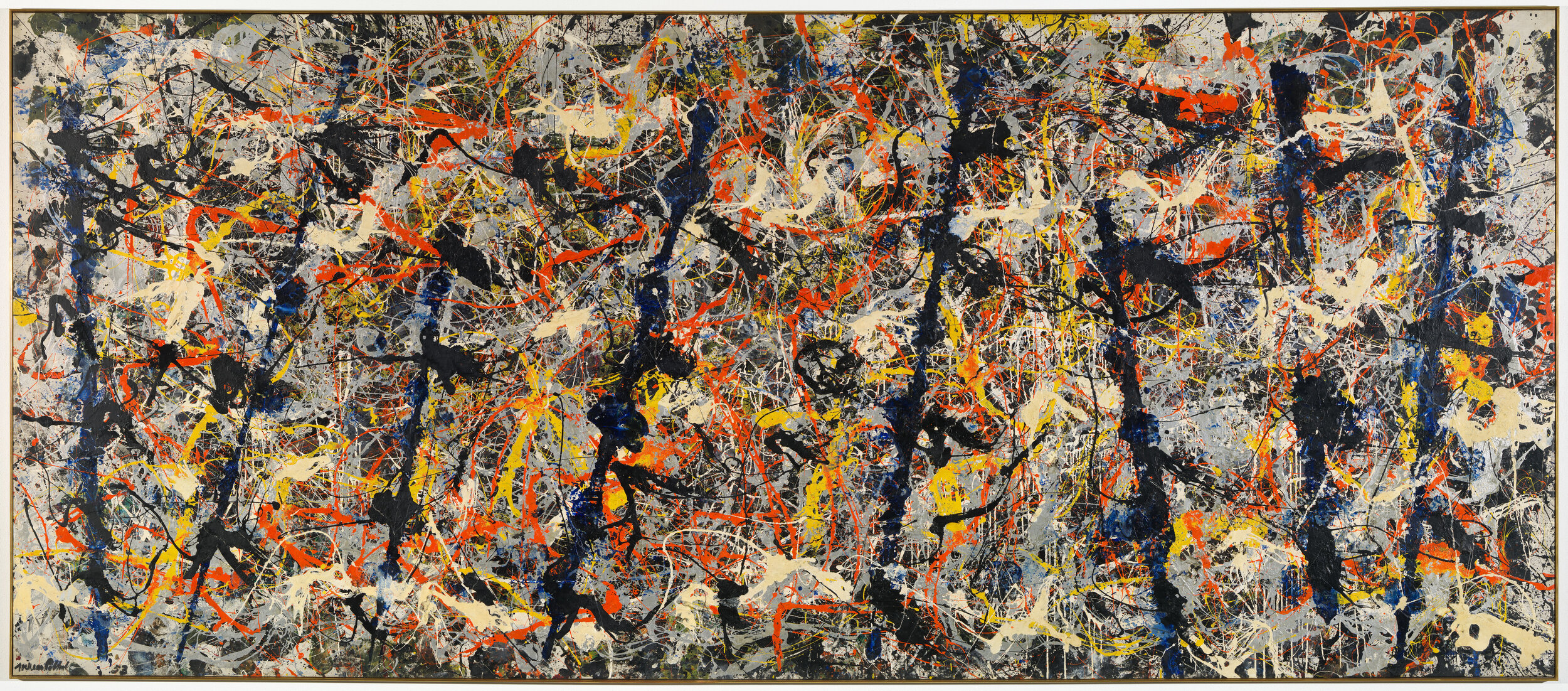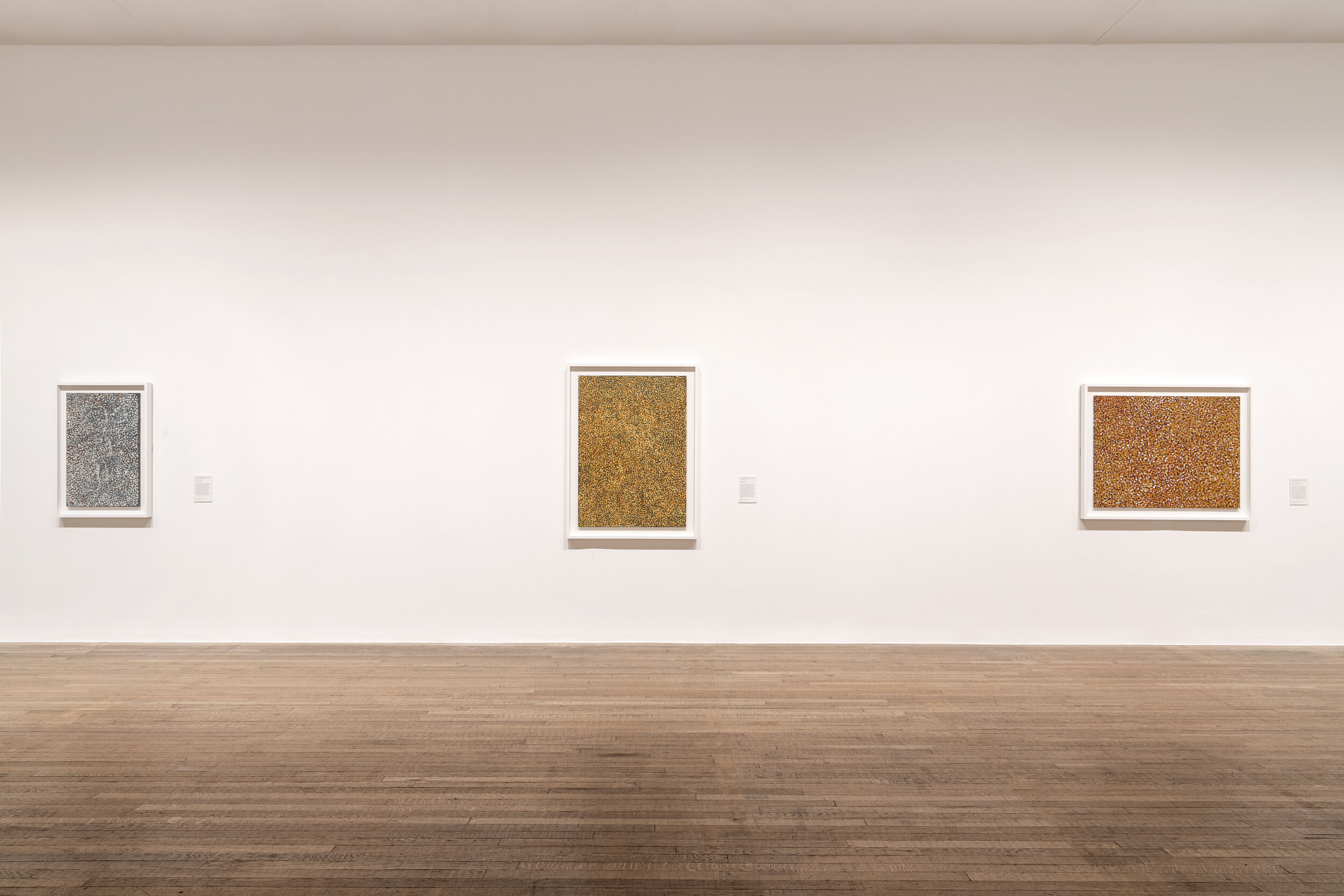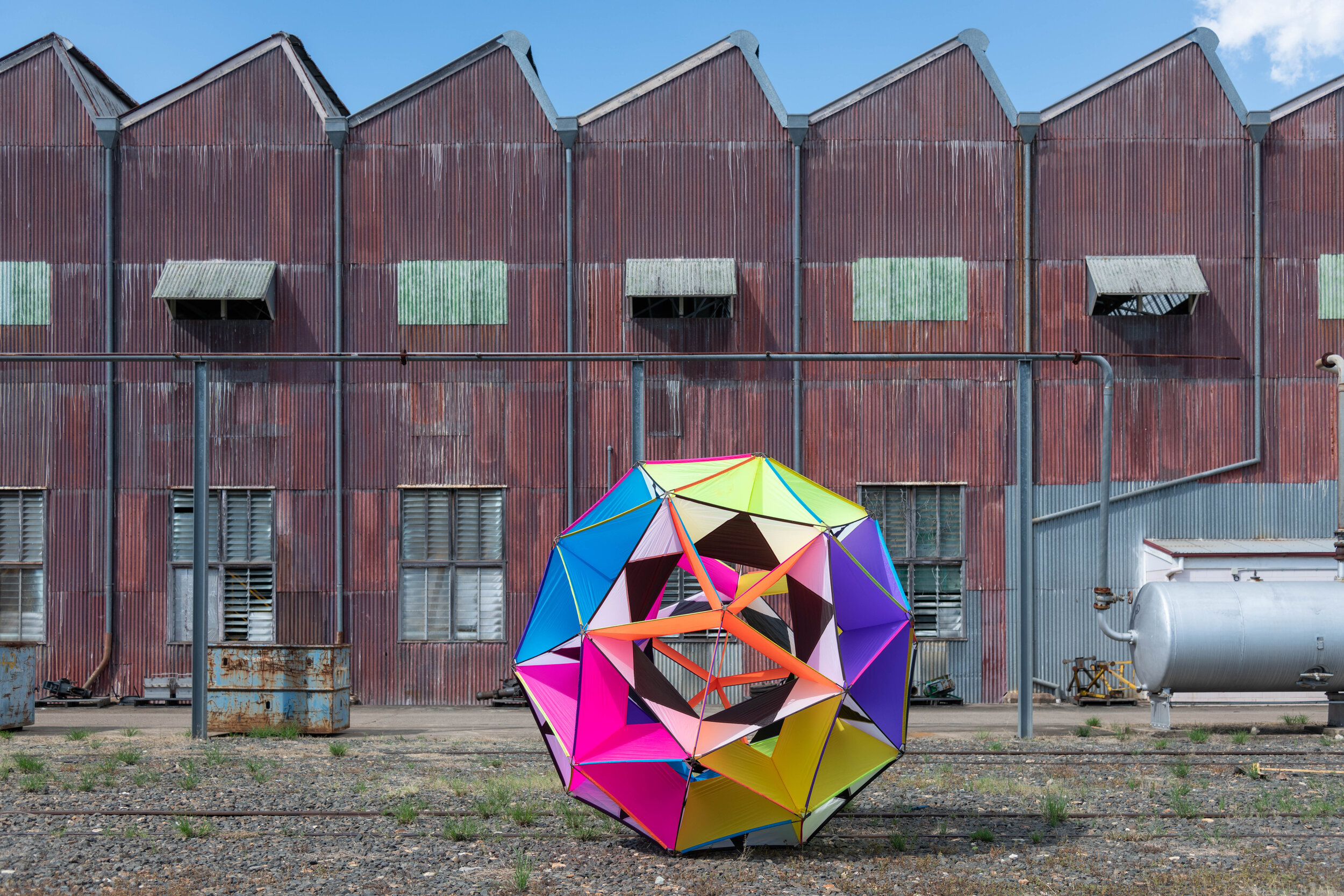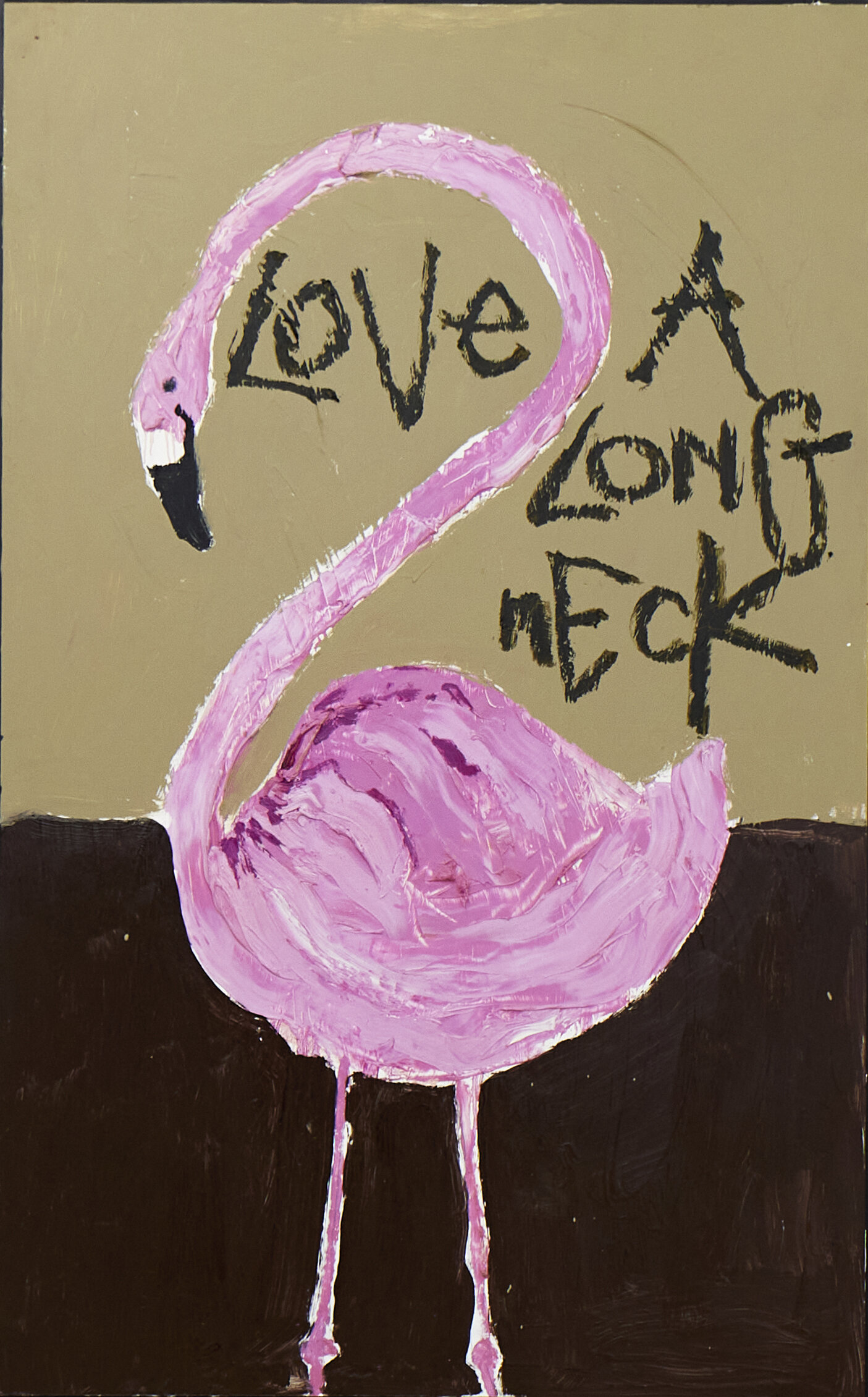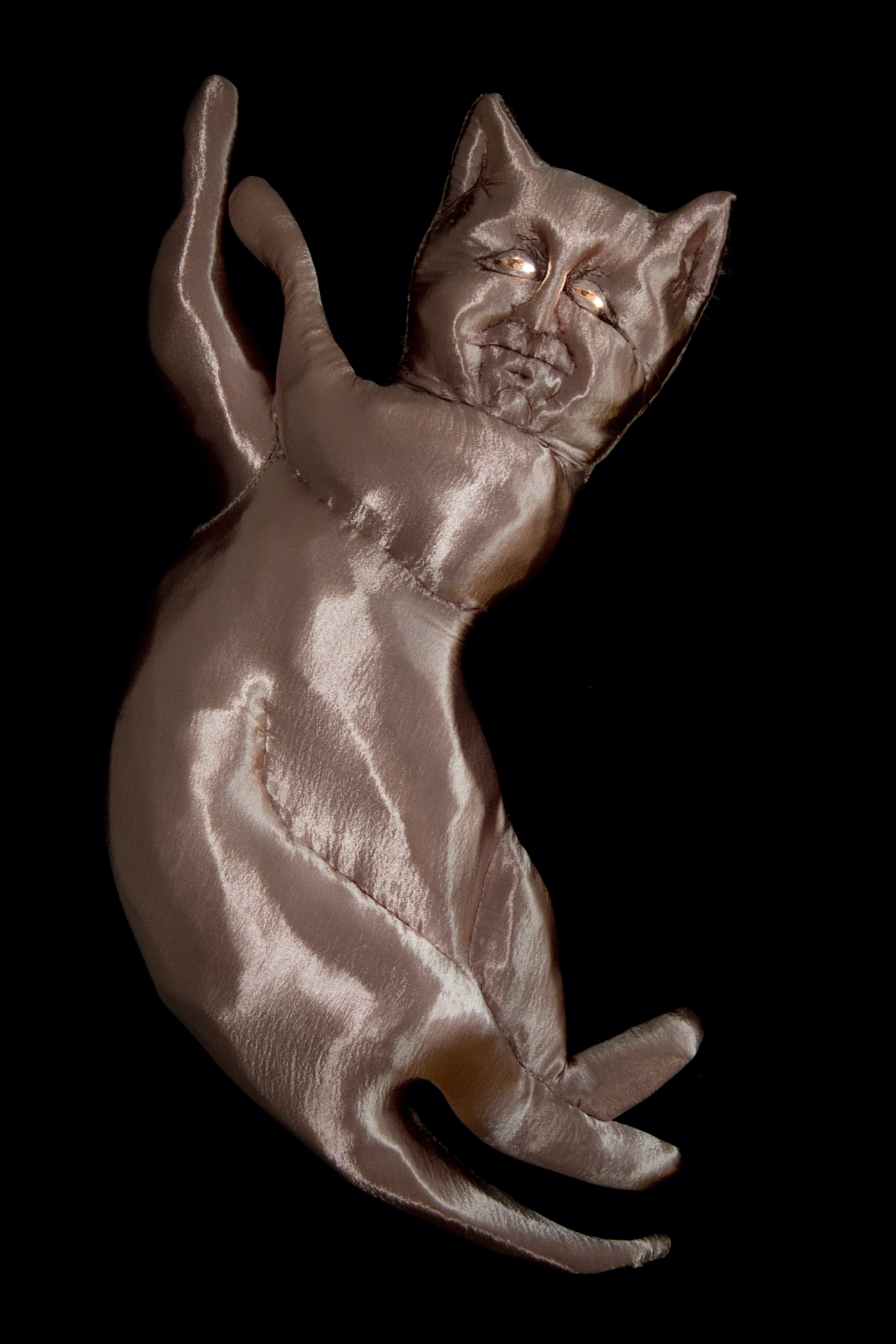Alexa Malizon: Navigating the in-between
/‘Being part of a culture should bring a sense of belonging,’ Canberra-based artist Alexa Malizon says, ‘but being part of a diaspora means feeling like you’re constantly living in two worlds, and belonging to neither.’
This sense of cultural dissonance is the motivation behind Malizon’s work, which shows at the Tuggeranong Arts Centre in her first solo exhibition, ‘Diversitea Talks’. As a Filipino woman born in a predominantly Anglo-Saxon Australia, her work reflects her own personal struggles with identity. ‘Since there is such an absence of ethnic minorities in popular culture, I wanted to represent a body that doesn’t exist within the standards of both cultures, and for people to be exposed to it through my works,’ she says.
Malizon has also noticed that a substantial superiority complex exists in the art world when it comes to pop culture – social- and mass-media forms are often treated facetiously in comparison to ‘serious’ art displayed in public galleries, but in reality these platforms define an entire nation’s identity through the sheer scale of their coverage. When ethnic minorities are absent in mass media, however, racial stereotypes prevail, fuelled by prejudice and the lack of genuine experiences with that specific group. Australia, which prides itself on its diversity and multiculturalism, still has a culture of excluding the voices of people of colour from its mainstream discourse. ‘This was the inspiration for my project,’ Malizon says. ‘The title “Diversitea Talks” speaks about diversity, or rather the lack thereof, and “spills the tea” on growing up in a western-dominated world.’
Malizon’s recent works reflect on her self-proposed question: ‘In what ways can the photographic medium explore cultural difference?’ The result is a series of experimental videos that focus on post-production techniques such as video-layering, cropping and karaoke-like subtitling. Through the five works exhibited in ‘Diversitea Talks’, Malizon pulls the audience along as her alter egos experience the embarrassment that being a second-generation immigrant brings to mundane activities like starting at a new school or singing karaoke.
Alexa Malizon is navigating the in-between spaces that are often uncomfortable to talk about and, as a result, are usually brushed under the rug. Her work challenges the binaries of mainstream culture, reminding us that important conversations take place in the infinite shades of grey between polarities of pure black and pure white.
Zeta Xu, Canberra
‘Alexa Malizon: Diversitea Talks’ is currently on display at Tuggeranong Arts Centre, Canberra, until 16 December 2021. All artist quotes in this article are taken from a conversation with the author that took place over Zoom on 8 October 2021. Zeta Xu is a 2021 participant in the APPRAISE writing program, which is a partnership between ACT Writers and Art Monthly Australasia, funded by the ACT Government’s artsACT grants program.



















